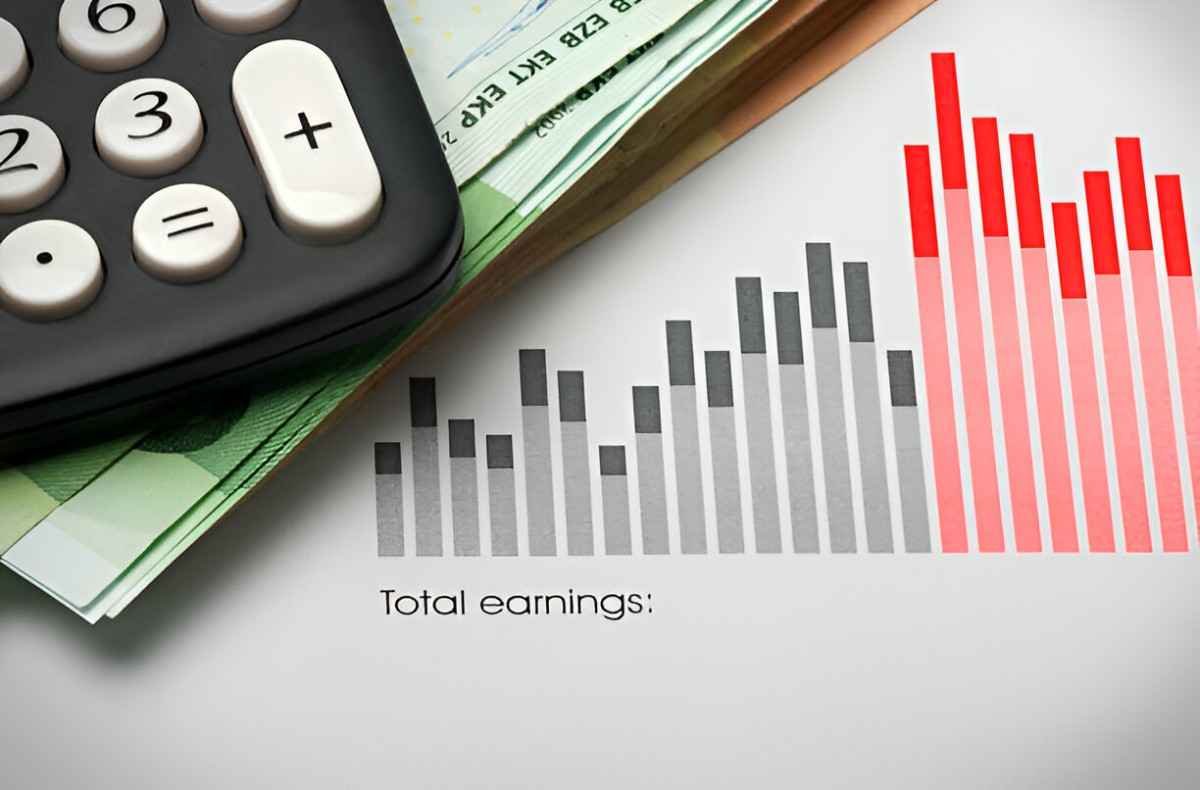As a financial analyst tracking cash markets for over a decade, I’ve watched money market mutual fund (MMMF) assets swell to record levels – currently hovering near $6 trillion. This growth isn’t accidental. Let me explain the key drivers and what they signal about broader market conditions.
Table of Contents
The Current Landscape (2024 Snapshot)
- Total MMMF assets: $5.98 trillion (Investment Company Institute, June 2024)
- Year-over-year growth: +18.3%
- Government fund share: 62% of total assets
- Prime fund share: 34% of total assets
Four Primary Drivers of Asset Growth
1. The Interest Rate Magnet
With the Fed maintaining rates at 5.25-5.50%, money markets offer their most attractive yields in 20 years:
Current\ 7-Day\ Yield\ Range = 4.8\%\ to\ 5.3\%This creates a “cash is king” mentality. For perspective:
- A $1 million position earns ≈ $50,000 annually
- Outpaces inflation (currently 3.3%)
- Beats 1-year CDs after liquidity premium
2. Institutional Cash Parking
Corporate treasurers are major contributors to growth:
| Sector | MMMF Allocation | Rationale |
|---|---|---|
| Tech Companies | $780 billion | Preserve IPO/VC liquidity |
| Insurance | $420 billion | Match short-term liabilities |
| Municipalities | $310 billion | Temporary bond proceeds |
3. Retail Investor Flight to Safety
Individual investors have poured $290 billion into MMMFs YTD due to:
- Stock market volatility (VIX averaging 18.5)
- Bond market uncertainty (10-year Treasury yield swings)
- Banking sector jitters (regional bank concerns)
4. Regulatory Changes
Post-2008 reforms created structural demand:
- Liquidity requirements make MMMFs attractive for compliance
- SEC Rule 2a-7 changes increased institutional comfort
- Bank deposit alternatives after SVB collapse
Asset Flow Mechanics
When assets increase, fund managers must deploy cash. Here’s the capital allocation process:
- New cash inflows hit the fund
- Portfolio managers buy:
- Treasury bills (35-45% allocation)
- Repurchase agreements (25-35%)
- Commercial paper (15-25%)
- Weighted average maturity maintained at ≤60 days
- Yield curve positioning optimized daily
Historical Growth Patterns
Year | Assets ($B) | Catalyst
-----|------------|---------
2019 | 3,450 | Pre-pandemic normal
2020 | 4,800 | COVID flight to safety
2021 | 4,200 | Rate cuts, TINA effect
2022 | 4,950 | Fed hikes begin
2023 | 5,650 | Banking crisis
2024 | 5,980 | Peak ratesImplications for Investors
Opportunities
- Cash management: Earn 5%+ with minimal risk
- Dry powder: Position for future investments
- Portfolio stability: Reduce volatility exposure
Risks
- Reinvestment risk: Rates may decline
- Opportunity cost: Missing equity rallies
- Concentration risk: Overweight in cash
When Will the Growth Slow?
Based on rate projections, I anticipate asset growth will moderate when:
- Fed funds rate falls below 3.5%
- Equity markets show sustained gains
- Credit spreads narrow significantly
For now, money market funds remain the parking spot of choice for trillions in smart money – a trend I expect to continue through at least Q3 2024.





